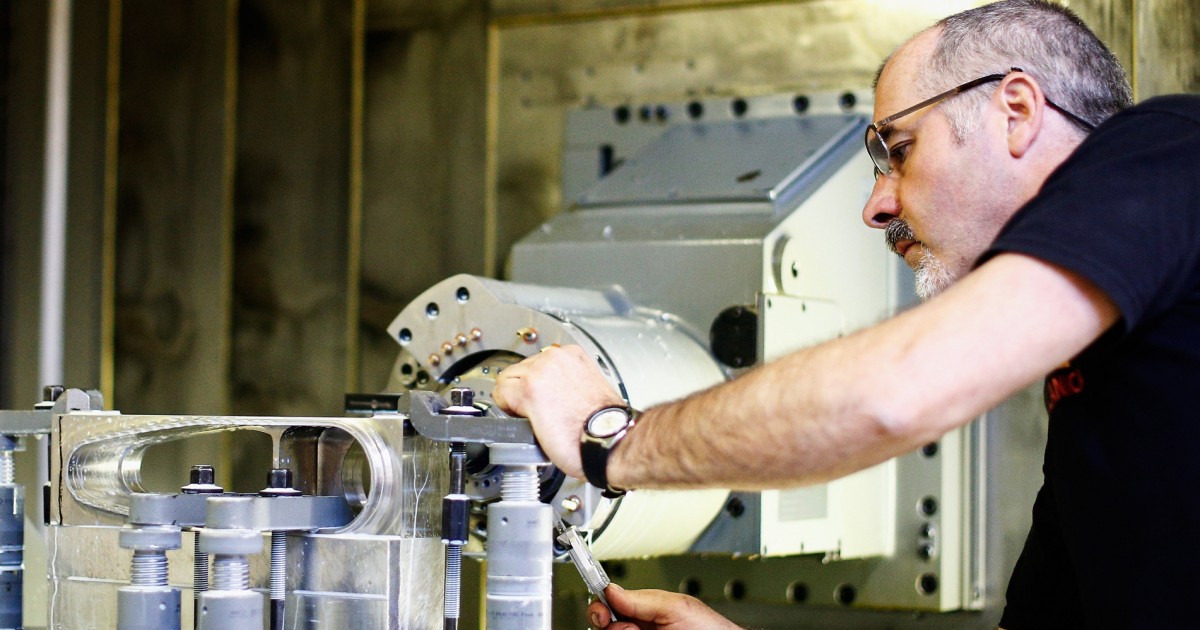
Lasers
Lasers are devices that emit coherent, monochromatic, and collimated light beams through the process of stimulated emission. In space and astronautical engineering, lasers have a wide range of applications, including communication, propulsion, remote sensing, and manufacturing. Laser communication systems use laser beams to transmit information between spacecraft and ground stations, providing high data rates and secure communication. Laser propulsion systems use laser beams to heat and ablate a propellant, generating thrust and enabling high-speed space travel. Laser remote sensing systems use laser beams to measure the properties of the atmosphere, oceans, and land surfaces, providing valuable information for weather forecasting, climate monitoring, and resource management. Laser manufacturing systems use laser beams to cut, weld, and shape materials in space, enabling the production of complex structures and components.
Your Previous Searches
Random Picks
- Air Pressure: Air pressure is the force exerted by the weight of air molecules on a surface. In space and astronautical engineering, air pressure is an important factor to consider when designing spacecraft and space suits. In the vacuum of space, there ... Read More >>
- Pressure Sensors: Pressure sensors are devices that measure the pressure of gases or liquids. In the context of space and astronautical engineering, pressure sensors are used to monitor the pressure inside spacecraft, rockets, and other space vehicles. They ... Read More >>
- Power: In space and astronautical engineering, power refers to the ability to generate and distribute electrical energy to support the operation of spacecraft and their subsystems. Power is essential for communication, navigation, scientific instr ... Read More >>
Top News

SpaceX's Fram2 returns from first-of-its-kind mission around Earth's poles...
The Fram2 mission, paid for and led by a cryptocurrency billionaire who is flying with three guests, has returned after a journey on a unprecedented polar orbit....
News Source: CNN on 2025-04-04

Scientists release plans for an even bigger atom smasher to address the mysterie...
GENEVA — Top minds at the world’s largest atom smasher have released a blueprint for a much bigger successor that could vastly improve research into the remaining enigmas of physics....
News Source: NBC News on 2025-04-01

Scientists release plans for even bigger atom smasher along the French-Swiss bor...
Scientists at the world’s largest atom smasher have released a blueprint for a much bigger successor that could help solve enigmas of physics, starting in the mid-2040s at a cost of about $16 billio...
News Source: ABC News on 2025-04-01

The 'Blaze Star' hasn't exploded yet, but it could soon...
T Coronae Borealis has an outburst every 79 to 80 years, according to NASA....
News Source: ABC News on 2025-03-28
I visited the sprawling 'metroburb' where 'Severance' is filmed. It's a 2 millio...
Bell Works, the real office complex that doubles as Lumon on "Severance," is redefining what an office can be....
News Source: Business Insider on 2025-03-28